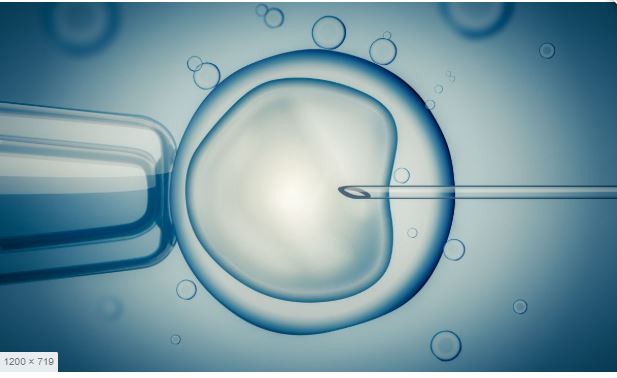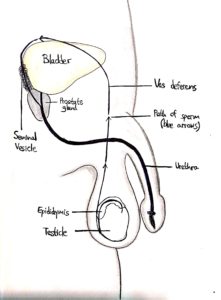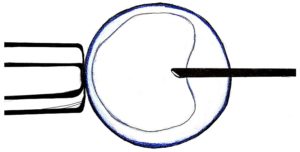Partial thawing of a vial of cryopreserved sperm (or shaving) is sometimes applied as a measure to preserve sperm for further use, particularly in cases of very restricted sperm quantity. However, mechanical violence may disrupt the sperm-wall and lead to impaired in-vitro fertilization (IVF) outcomes.
The introduction of intracytoplasmic sperm injection (ICSI), which enables the use of a small number of sperm, initiated considerable interest in the potential refreezing and later re-use of sperm when there is a limited number of sample vials or low concentration of cryopreserved sperm available.
Another method clinically applied in attempts to conserve sperm for later use, especially in cases of very limited sperm, is shaving a small portion of the vial of cryopreserved sperm without complete thawing. While it is well established that shaving is feasible and able to obtain a tiny volume of sperm that contains sufficient sperm for ICSI, the literature contains no data on the clinical outcomes of IVF/ICSI cycles that use shaving compared to those that use complete thawing of the vial of sperm. Prompted by the aforementioned observations, we sought to examine whether the outcomes of IVF/ICSI using cryopreserved donor sperm differed depending on whether the vial of sperm was shaved or completely thawed.
The scraped sperm and completely thawed sperm was used for IVF or ICSI. They found no difference in the fertilization rate (71.1% scraped vs 75.0%) or clinical pregnancy rates (9.1% scraped vs 13.1%). They did find that those that used scraped sperm had a significantly lower number of top quality embryos (average of 1.33 vs 1.87, p=0.02).



